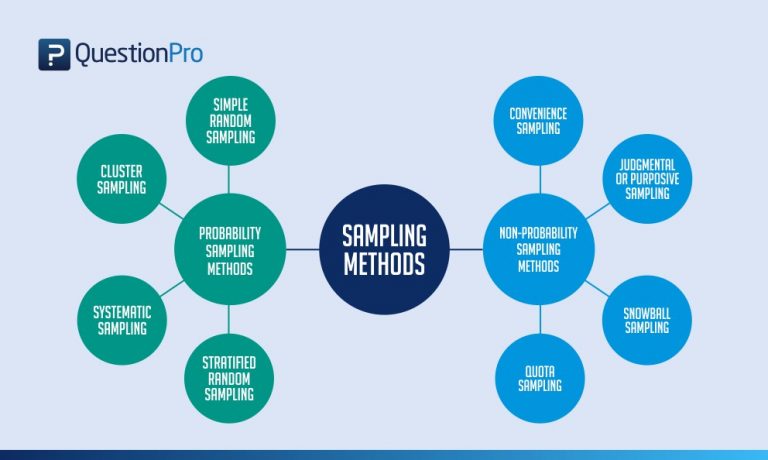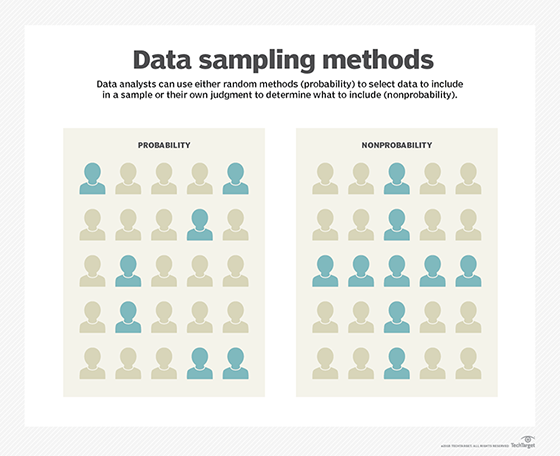Ostia! 16+ Elenchi di Random Sampling Method Meaning: Random sampling method can be divided into simple random sampling and restricted random sampling.

Random Sampling Method Meaning | Simple random sampling meaning is the simplest way to get random samples. In simple random sampling, researchers collect data from a random subset of a population to draw conclusions about the whole population. Sampling is a method that allows researchers to infer information about a population based on results from a subset of the population. This is the purest and the clearest probability sampling design and strategy. Types of probability sampling methods.
This is the purest and the clearest probability sampling design and strategy. It means the stratified sampling method is very appropriate when the population is heterogeneous. Random sampling method can be divided into simple random sampling and restricted random sampling. In this method, the personal bias of the researcher does not influence the sample selection. Having overlapping subgroups means that some individuals will have higher chances of being selected for the survey, which completely negates the concept of.

In simple random sampling, researchers collect data from a random subset of a population to draw conclusions about the whole population. Sampling is a method that allows researchers to infer information about a population based on results from a subset of the population. If for some reasons, the sample does not represent description: In this method, the personal bias of the researcher does not influence the sample selection. Simple random sampling meaning is the simplest way to get random samples. Stratified sampling is a valuable type of sampling. It means the stratified sampling method is very appropriate when the population is heterogeneous. Random sampling is one of the simplest forms of collecting data from the total population. Under random sampling, each member of the. Having overlapping subgroups means that some individuals will have higher chances of being selected for the survey, which completely negates the concept of. Types of probability sampling methods. A sample chosen randomly is meant to be an unbiased representation of the total population. Random sampling method can be divided into simple random sampling and restricted random sampling.
Types of probability sampling methods. This is the purest and the clearest probability sampling design and strategy. Sampling is a method that allows researchers to infer information about a population based on results from a subset of the population. The selection must occur in a 'random' way, meaning that they do not differ in any significant way from observations not sampled. If for some reasons, the sample does not represent description:

In this method, the personal bias of the researcher does not influence the sample selection. Random sampling method can be divided into simple random sampling and restricted random sampling. The methods of random sampling offer a unique approach to this process. It means the stratified sampling method is very appropriate when the population is heterogeneous. Under random sampling, each member of the. A sample chosen randomly is meant to be an unbiased representation of the total population. Simple random sampling meaning is the simplest way to get random samples. In simple random sampling, researchers collect data from a random subset of a population to draw conclusions about the whole population. If for some reasons, the sample does not represent description: Random sampling is one of the simplest forms of collecting data from the total population. This is the purest and the clearest probability sampling design and strategy. Sampling is a method that allows researchers to infer information about a population based on results from a subset of the population. The selection must occur in a 'random' way, meaning that they do not differ in any significant way from observations not sampled.
In simple random sampling, researchers collect data from a random subset of a population to draw conclusions about the whole population. This is the purest and the clearest probability sampling design and strategy. In the lottery method, you choose the sample at random by drawing from a hat or by using a computer program that will simulate the same action. Stratified sampling is a valuable type of sampling. Sampling is a method that allows researchers to infer information about a population based on results from a subset of the population.
/what-is-a-sample-2795877_final-d69c6aa2215345c49524af53df9b1f87.png)
Having overlapping subgroups means that some individuals will have higher chances of being selected for the survey, which completely negates the concept of. In this method, the personal bias of the researcher does not influence the sample selection. Stratified sampling is a valuable type of sampling. Types of probability sampling methods. Sampling is a method that allows researchers to infer information about a population based on results from a subset of the population. Random sampling is one of the simplest forms of collecting data from the total population. The selection must occur in a 'random' way, meaning that they do not differ in any significant way from observations not sampled. In the lottery method, you choose the sample at random by drawing from a hat or by using a computer program that will simulate the same action. It means the stratified sampling method is very appropriate when the population is heterogeneous. If for some reasons, the sample does not represent description: Simple random sampling meaning is the simplest way to get random samples. In simple random sampling, researchers collect data from a random subset of a population to draw conclusions about the whole population. Random sampling method can be divided into simple random sampling and restricted random sampling.
Simple random sampling meaning is the simplest way to get random samples random sampling method. The selection must occur in a 'random' way, meaning that they do not differ in any significant way from observations not sampled.
Random Sampling Method Meaning: If for some reasons, the sample does not represent description: